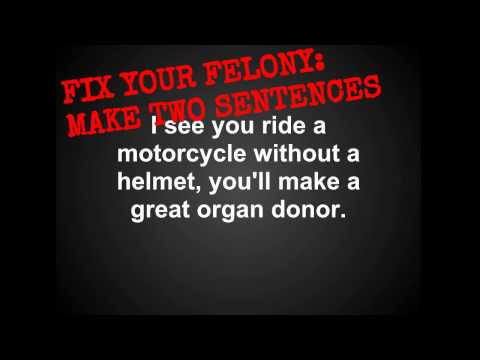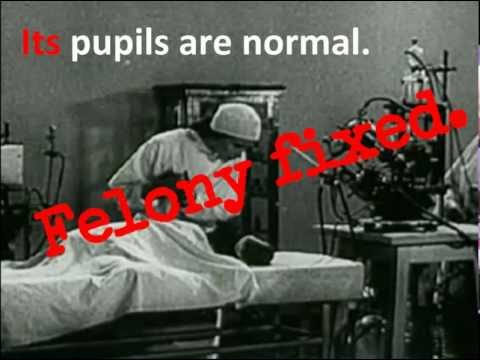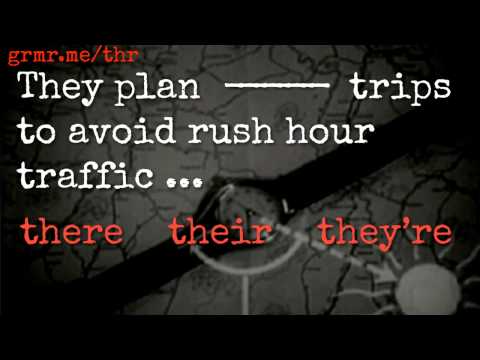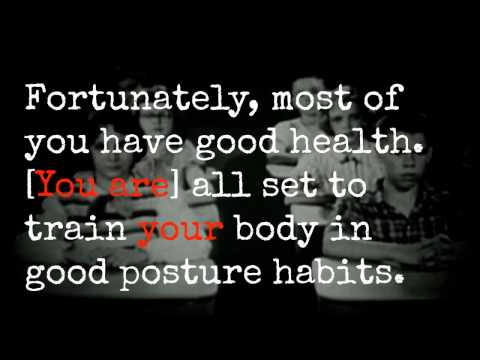19.7: Punctuation Concerns
- Page ID
- 257017
\( \newcommand{\vecs}[1]{\overset { \scriptstyle \rightharpoonup} {\mathbf{#1}} } \)
\( \newcommand{\vecd}[1]{\overset{-\!-\!\rightharpoonup}{\vphantom{a}\smash {#1}}} \)
\( \newcommand{\id}{\mathrm{id}}\) \( \newcommand{\Span}{\mathrm{span}}\)
( \newcommand{\kernel}{\mathrm{null}\,}\) \( \newcommand{\range}{\mathrm{range}\,}\)
\( \newcommand{\RealPart}{\mathrm{Re}}\) \( \newcommand{\ImaginaryPart}{\mathrm{Im}}\)
\( \newcommand{\Argument}{\mathrm{Arg}}\) \( \newcommand{\norm}[1]{\| #1 \|}\)
\( \newcommand{\inner}[2]{\langle #1, #2 \rangle}\)
\( \newcommand{\Span}{\mathrm{span}}\)
\( \newcommand{\id}{\mathrm{id}}\)
\( \newcommand{\Span}{\mathrm{span}}\)
\( \newcommand{\kernel}{\mathrm{null}\,}\)
\( \newcommand{\range}{\mathrm{range}\,}\)
\( \newcommand{\RealPart}{\mathrm{Re}}\)
\( \newcommand{\ImaginaryPart}{\mathrm{Im}}\)
\( \newcommand{\Argument}{\mathrm{Arg}}\)
\( \newcommand{\norm}[1]{\| #1 \|}\)
\( \newcommand{\inner}[2]{\langle #1, #2 \rangle}\)
\( \newcommand{\Span}{\mathrm{span}}\) \( \newcommand{\AA}{\unicode[.8,0]{x212B}}\)
\( \newcommand{\vectorA}[1]{\vec{#1}} % arrow\)
\( \newcommand{\vectorAt}[1]{\vec{\text{#1}}} % arrow\)
\( \newcommand{\vectorB}[1]{\overset { \scriptstyle \rightharpoonup} {\mathbf{#1}} } \)
\( \newcommand{\vectorC}[1]{\textbf{#1}} \)
\( \newcommand{\vectorD}[1]{\overrightarrow{#1}} \)
\( \newcommand{\vectorDt}[1]{\overrightarrow{\text{#1}}} \)
\( \newcommand{\vectE}[1]{\overset{-\!-\!\rightharpoonup}{\vphantom{a}\smash{\mathbf {#1}}}} \)
\( \newcommand{\vecs}[1]{\overset { \scriptstyle \rightharpoonup} {\mathbf{#1}} } \)
\( \newcommand{\vecd}[1]{\overset{-\!-\!\rightharpoonup}{\vphantom{a}\smash {#1}}} \)
\(\newcommand{\avec}{\mathbf a}\) \(\newcommand{\bvec}{\mathbf b}\) \(\newcommand{\cvec}{\mathbf c}\) \(\newcommand{\dvec}{\mathbf d}\) \(\newcommand{\dtil}{\widetilde{\mathbf d}}\) \(\newcommand{\evec}{\mathbf e}\) \(\newcommand{\fvec}{\mathbf f}\) \(\newcommand{\nvec}{\mathbf n}\) \(\newcommand{\pvec}{\mathbf p}\) \(\newcommand{\qvec}{\mathbf q}\) \(\newcommand{\svec}{\mathbf s}\) \(\newcommand{\tvec}{\mathbf t}\) \(\newcommand{\uvec}{\mathbf u}\) \(\newcommand{\vvec}{\mathbf v}\) \(\newcommand{\wvec}{\mathbf w}\) \(\newcommand{\xvec}{\mathbf x}\) \(\newcommand{\yvec}{\mathbf y}\) \(\newcommand{\zvec}{\mathbf z}\) \(\newcommand{\rvec}{\mathbf r}\) \(\newcommand{\mvec}{\mathbf m}\) \(\newcommand{\zerovec}{\mathbf 0}\) \(\newcommand{\onevec}{\mathbf 1}\) \(\newcommand{\real}{\mathbb R}\) \(\newcommand{\twovec}[2]{\left[\begin{array}{r}#1 \\ #2 \end{array}\right]}\) \(\newcommand{\ctwovec}[2]{\left[\begin{array}{c}#1 \\ #2 \end{array}\right]}\) \(\newcommand{\threevec}[3]{\left[\begin{array}{r}#1 \\ #2 \\ #3 \end{array}\right]}\) \(\newcommand{\cthreevec}[3]{\left[\begin{array}{c}#1 \\ #2 \\ #3 \end{array}\right]}\) \(\newcommand{\fourvec}[4]{\left[\begin{array}{r}#1 \\ #2 \\ #3 \\ #4 \end{array}\right]}\) \(\newcommand{\cfourvec}[4]{\left[\begin{array}{c}#1 \\ #2 \\ #3 \\ #4 \end{array}\right]}\) \(\newcommand{\fivevec}[5]{\left[\begin{array}{r}#1 \\ #2 \\ #3 \\ #4 \\ #5 \\ \end{array}\right]}\) \(\newcommand{\cfivevec}[5]{\left[\begin{array}{c}#1 \\ #2 \\ #3 \\ #4 \\ #5 \\ \end{array}\right]}\) \(\newcommand{\mattwo}[4]{\left[\begin{array}{rr}#1 \amp #2 \\ #3 \amp #4 \\ \end{array}\right]}\) \(\newcommand{\laspan}[1]{\text{Span}\{#1\}}\) \(\newcommand{\bcal}{\cal B}\) \(\newcommand{\ccal}{\cal C}\) \(\newcommand{\scal}{\cal S}\) \(\newcommand{\wcal}{\cal W}\) \(\newcommand{\ecal}{\cal E}\) \(\newcommand{\coords}[2]{\left\{#1\right\}_{#2}}\) \(\newcommand{\gray}[1]{\color{gray}{#1}}\) \(\newcommand{\lgray}[1]{\color{lightgray}{#1}}\) \(\newcommand{\rank}{\operatorname{rank}}\) \(\newcommand{\row}{\text{Row}}\) \(\newcommand{\col}{\text{Col}}\) \(\renewcommand{\row}{\text{Row}}\) \(\newcommand{\nul}{\text{Nul}}\) \(\newcommand{\var}{\text{Var}}\) \(\newcommand{\corr}{\text{corr}}\) \(\newcommand{\len}[1]{\left|#1\right|}\) \(\newcommand{\bbar}{\overline{\bvec}}\) \(\newcommand{\bhat}{\widehat{\bvec}}\) \(\newcommand{\bperp}{\bvec^\perp}\) \(\newcommand{\xhat}{\widehat{\xvec}}\) \(\newcommand{\vhat}{\widehat{\vvec}}\) \(\newcommand{\uhat}{\widehat{\uvec}}\) \(\newcommand{\what}{\widehat{\wvec}}\) \(\newcommand{\Sighat}{\widehat{\Sigma}}\) \(\newcommand{\lt}{<}\) \(\newcommand{\gt}{>}\) \(\newcommand{\amp}{&}\) \(\definecolor{fillinmathshade}{gray}{0.9}\)The following videos offer guidance for some of the most common punctuation issues seen in college-level student writing.
Comma Splices
Two ways to proofread your essay for comma splices
- To spot-check suspect sentences: rewrite a sentence you think might be a comma splice as a yes/no question. Can you make just one question out of the sentence? If so, it’s probably not a comma splice. If it needs 2 or more questions to make sense, then some additional punctuation in the original sentence is needed.
- Elliot drinks four liters of water a day, he carries his water bottle with him everywhere.
- If turned into a yes/no question, we would need 2 questions in order for this to make sense: “Does Elliot drink four liters of water a day? Does he carry his water bottle with him everywhere?”
- Because it needs 2 yes/no questions, the original sentence is a comma splice, and needs to be corrected.
- Elliot drinks four liters of water a day, he carries his water bottle with him everywhere.
- To be thorough: skim through your paper, stopping at every comma. Look at what comes before the comma, and then what comes after it. Are both sides complete sentences on their own? (In other words, could you also put a period in that spot?) If so, you’ve found a comma splice.
- D’Andre, my science lab partner, is considering running for class president, I think he’d make a wonderful candidate.
- Stopping at each of the commas, the first two don’t contain a full sentence before them. The third one, however, does have a complete thought on both sides, and so indicates we’ve found a comma splice.
- D’Andre, my science lab partner, is considering running for class president, I think he’d make a wonderful candidate.
Apostrophes
Correct apostrophe usage is part punctuation, part spelling. The following short videos walk through 3 of the most common sets of apostrophe “trouble words.” If you aren’t always clear which one goes where, these will serve as handy guides.
Its & It’s
There, Their, & They’re
Your & You’re
If you suspect you have issues with any of these words, try using the “Find” option on your word processing program. Search out each word, and use the tests in these videos to assess whether you’ve used the correct form in the correct way.
Semicolons and Colons
These two pieces of punctuation often get mixed up. Make sure they’re used correctly in your essay.
Again, the “Find” option in your word processing program (or web browser) to locate semicolons and colons. Do you have a full sentence before each colon? Do you have a full sentence both before and after each semicolon? If so, great. If not, time to revise.
- Video: Punctuation Concerns. Provided by: Lumen Learning. License: CC BY: Attribution
- Writing Felonies: its and it's . Authored by: Kevin Brookhouser. Located at: https://youtu.be/sq6JkXk4kDg. License: All Rights Reserved. License Terms: Standard YouTube License
- Semicolons by Shmoop. Authored by: Shmoop. Located at: https://youtu.be/WMKufGCs1Ec. License: All Rights Reserved. License Terms: Standard YouTube License
- Writing Felonies: Comma Splices. Authored by: Kevin Brookhouser. Located at: https://youtu.be/-vck6uK-kow. License: All Rights Reserved. License Terms: Standard YouTube License
- Writing Felonies: There, Their, They're. Authored by: Kevin Brookhouser. Located at: https://youtu.be/m-RC-Zf89jo. License: CC BY-NC-ND: Attribution-NonCommercial-NoDerivatives . License Terms: Standard YouTube License
- Writing Felonies: Your and You're. Authored by: Kevin Brookhouser. Located at: https://youtu.be/yPlpE0ZO3NI. License: All Rights Reserved. License Terms: Standard YouTube License
- Colons by Shmoop. Authored by: Shmoop. Located at: https://youtu.be/I12qwxQn5_s. License: All Rights Reserved. License Terms: Standard YouTube License







